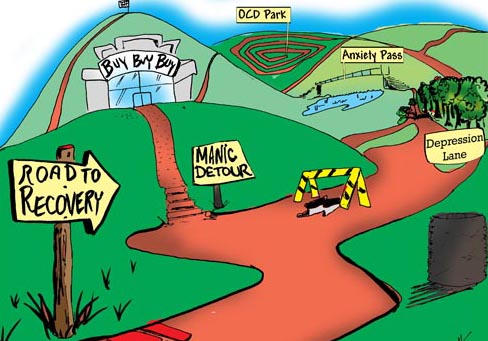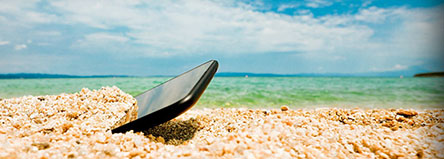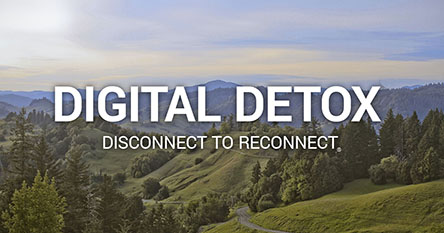Digital Dependence Detox Events
To bridge the digital divide and poverty gap, many nations still need to build a stronger digital infrastructure, being the best catalyst for lasting economic growth. It comprises of broadband, data centers, cloud services, big data, and IoT, the Internet of Things, a network of physical devices, vehicles, buildings, etc., embedded with electronics, software, sensors, actuators, and network connectivity that enable these objects to collect and exchange data.
Cloud computing utilizes big data analytics to achieve a scale of innovation that transcends physical barriers and the limitations of the human mind. Artificial Intelligence (AI) embedded into IoT systems can empower machine-assisted innovation like virtual assistants, advanced robotics, driverless cars, and even immersive virtual realities.

However, a downside is digital dependence. Flurry Analytics puts the global number of Internet addicts at over 280 million, which is 60% more than in 2014. ‘Phubbing’ is focusing on the phone and ignoring the person you’re with.
We concluded that this urge to look for reactions ('like') or messages of others is a deep feeling of 'never enough' attention energy from the people you communicate with.
If someone pays positive attention to your remark or message they send you a bit of their attention energy, which gives you a feeling of pleasure and happiness.
A dependent is someone who feels unhappy when they are not connected, not carrying their mobile phone.
An addict is someone who, because of their dependence, has problems at work, with their family, etc. About 4% of the population are addicts, and 30% - 60% are dependent. So, it’s not so much about what you do, as what you stop doing because you are connected.

Our Events
At our retreat, wifi is exchanged for a menu with a wide variety of course options, such as detox-diets, simple sugar-free cookery, volleyball, snorkeling, kayaking, quantum-yoga, quantum conditioning, and/or nature walks, without pushing a single button all day. It is a type of ‘digital siesta’, doing only ana-logical things.
The days are spent in a group, surrounded by nature and far from virtual noise, where adult dependents try to “disconnect in order to reconnect.”
The day starts at 8.00 for everybody. Physical exercise is obligatory and lasts at least 2 hours/day. Afterwards, there are group and individual therapies. The goal is “to rediscover your In-dependent Self.”
Everyone goes to sleep at 11 o’clock. Every room has its own TV, one of the few technological concessions in a retreat that restricts access to the Inet.
The retreat, with pool, mountain and sea views, can last from 2 weeks to over 2 months.

After just a few days into the digital detox,
many people noticed:
Healthier Posture, Weight, and Friendships
By mostly looking forward rather than downward, the front of people's bodies and their shoulders open up, and the back of their head with the spine. This also further opens up people's general energy flow and weight loss/distribution.
They become more approachable when they enter a room. More eye contact encourages them to connect with one another more deeply, relax into conversations, and be more empathetic.
Less Conversation Killers
When a trivia question comes up, people usually "google" for an answer, and end face to face questioning. However, without Google, people look at others for an answer, which often results in creative storytelling or hilarious guessing games. These types of conversations are more engaging and memorable, and can form real bonds, because we gain insight into each other's mindset.
Improved Memory
Neuroscientists 'know" that when people are more present in a conversation, their brains are able to process and store new information more easily. When using technology, our brains are trained not to register seemingly insignificant details. These minor facts are actually very important in the process of bonding and learning about other people.
More-Efficient Sleep
Without using technology, people noticed they needed less sleep, but felt even more rested and rejuvenated. Research studies showed that the blue light emanating from electronic screens suppresses the production of melatonin in the body, making us more awake when we try to fall asleep, and thus reduces the chances of getting a high-quality rest.
New Perspectives
One of the most powerful research findings was that people tend to make significant changes to their lives when they are offline for a while. Some decided to make big changes in their career or relationships, while others decided to recommit to health and fitness.
The lack of constant distraction appeared to free people's minds to contemplate more important issues in their lives, and it also made them believe they had the willpower to sustain a transformation.

Are you ready to introduce some of the benefits of the digital dependence detox program into your everyday life by disconnecting from technology during the night, the weekend, and take regular work-brakes to improve your personal health and office atmosphere? If yes, contact us.
After you committed yourself to one of our programs, then
How To Disappear
A 9-point digital detox checklist for disappearing from your place of work and friends for awhile: